Founded in 1191, St. Patrick's Cathedral is officially known as "The National Cathedral and Collegiate Church of St. Patrick, Dublin." It is the largest church in Ireland. Legend states that St. Patrick reportedly baptized converts to Christianity at a well that once existed in the park next to the Cathedral. Uniquely, Dublin has two Cathedrals; Christ Church Cathedral (a short distance from St. Patrick's) is the official seat of the Archbishop of Dublin, while St. Patrick's has been designated as the National Cathedral of the whole island since 1870. Another distinction between the two is that St. Patrick's is considered to be a "secular" Cathedral, i.e. the clergy are not members of a religious order. Over the years, the two Cathedrals worked out an agreement that they would act as one entity to minister to the needs of the congregations. From the very beginning, St. Patrick's has had a problem with water seepage, and occasional flooding, from the surrounding branches of the river Poddle. As a result, it never had a crypt nor formal basement area, as did other Cathedrals of its era. Following the English Reformation of circa. 1537, St. Patrick's became an Anglican Church of Ireland, even though most of the surrounding population was Roman Catholic. The heraldic banners of the Knights of St. Patrick still hang over the choir stalls. Johnathan Swift, author of "Gulliver's Travels", is considered to be the Cathdral's most celebrated Dean (serving from 1713 to 1745). Handel's "Messiah" had its first performance in Dublin in St. Patrick's Cathedral in 1742.
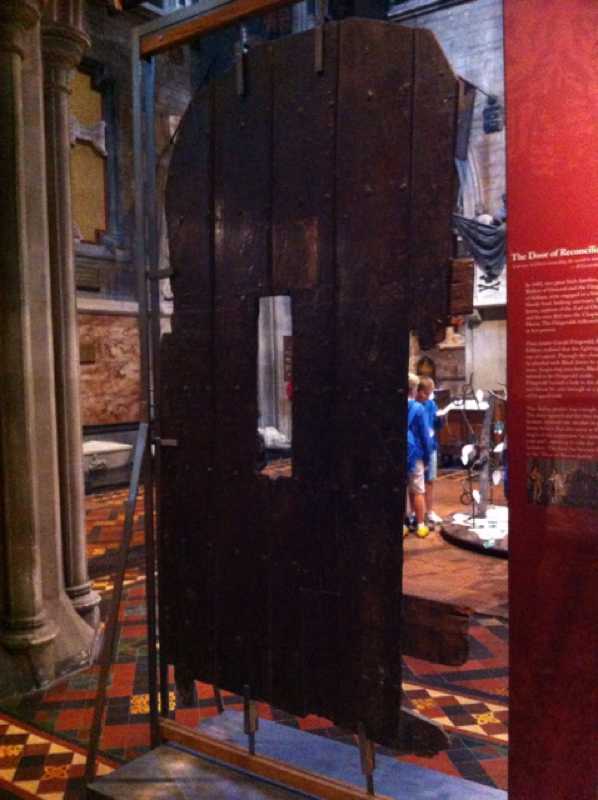
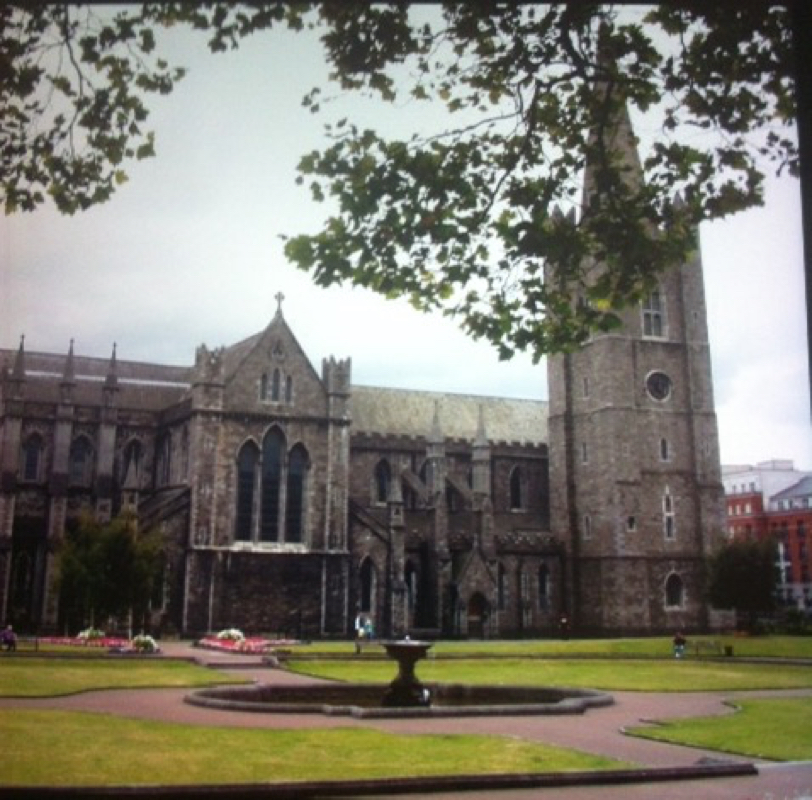
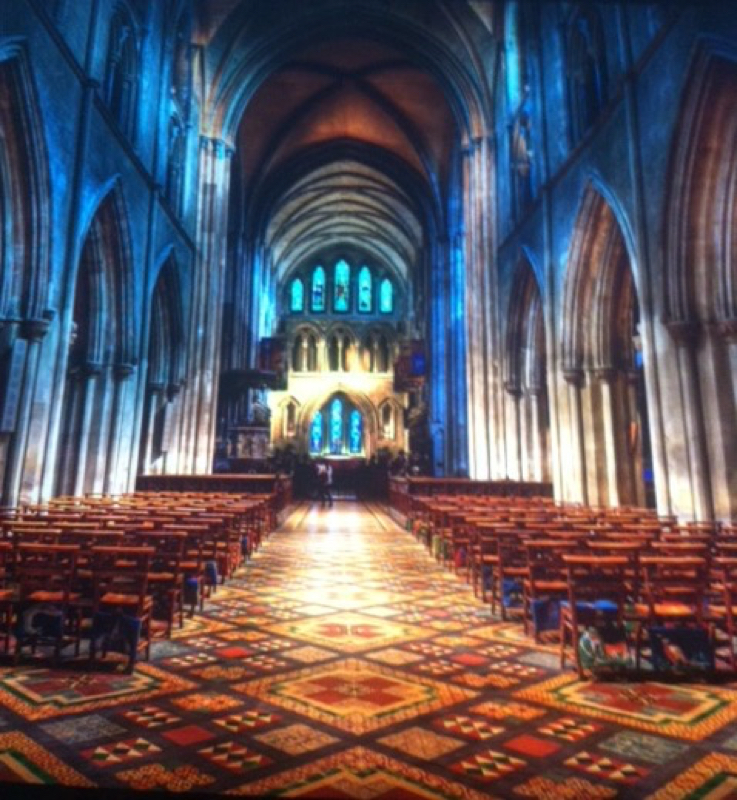
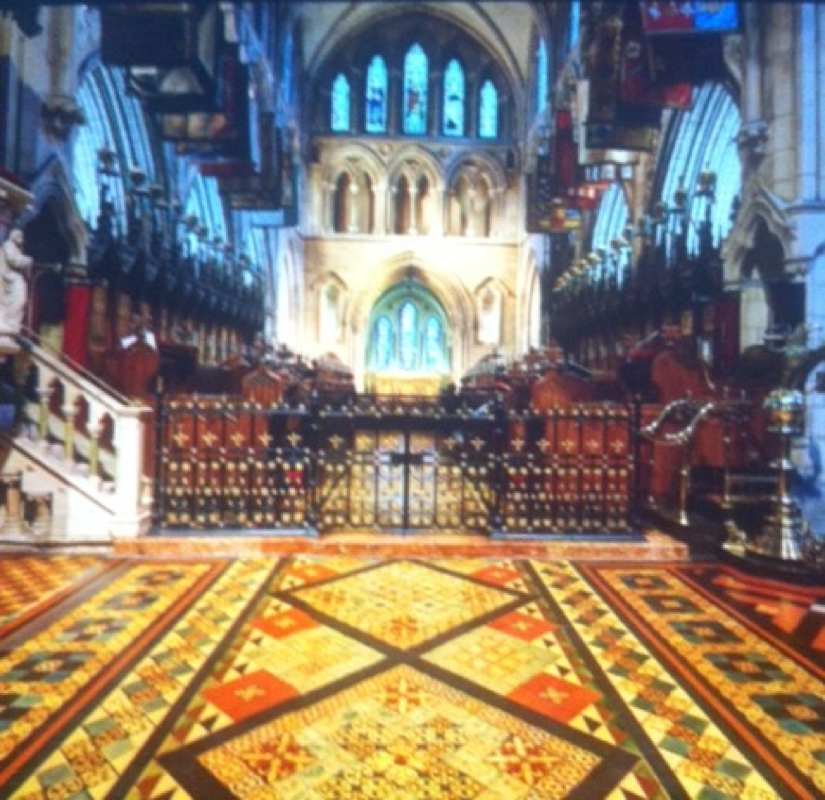
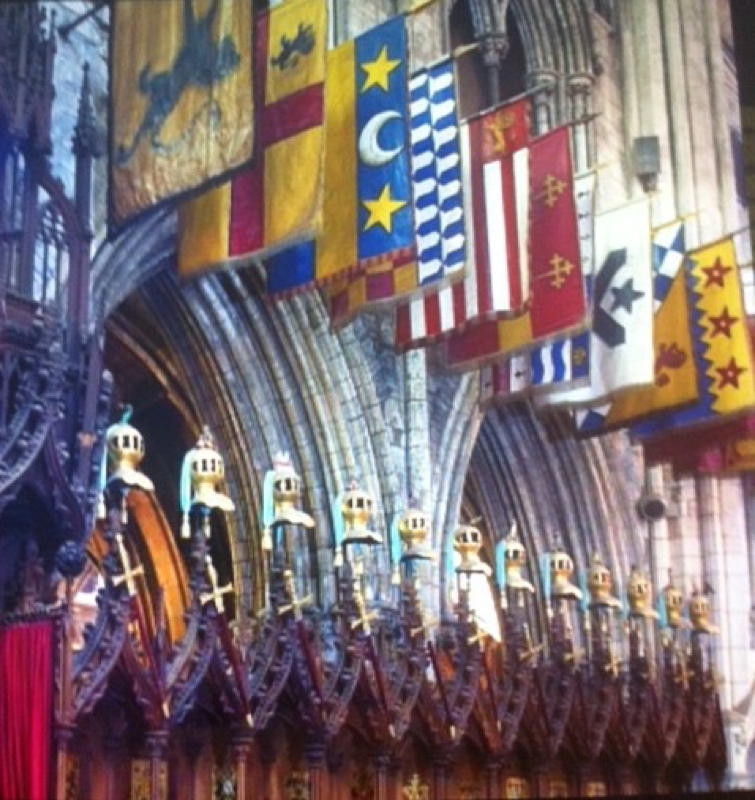
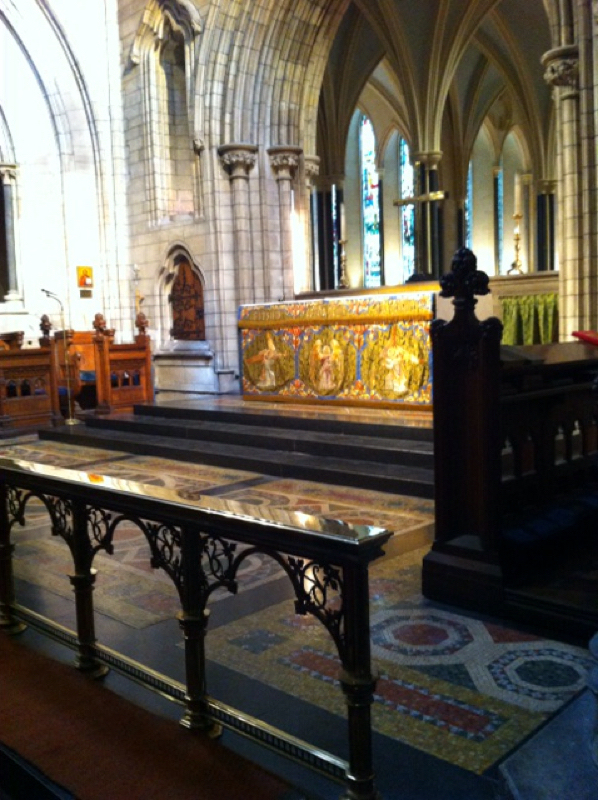
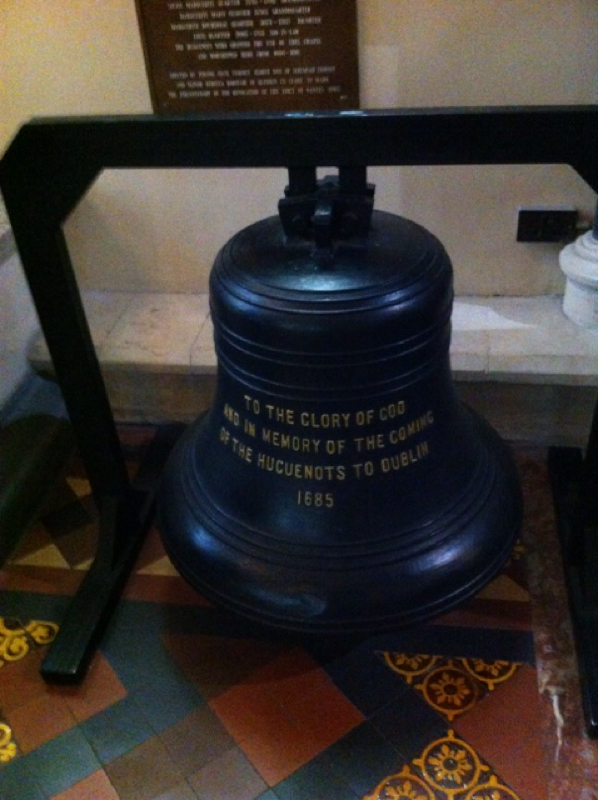
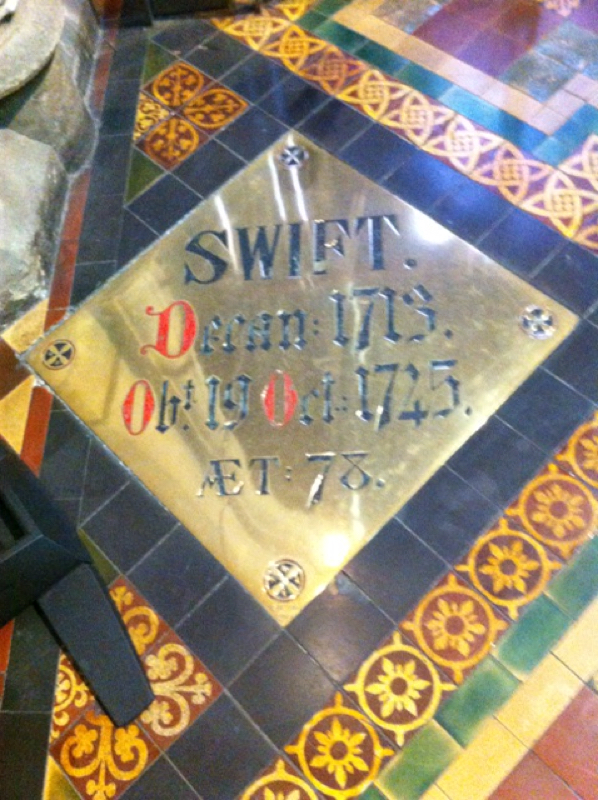
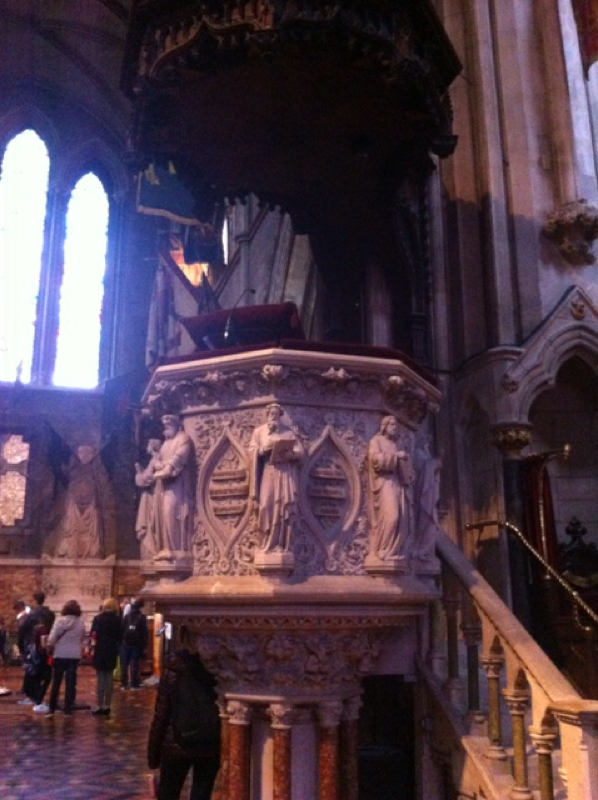
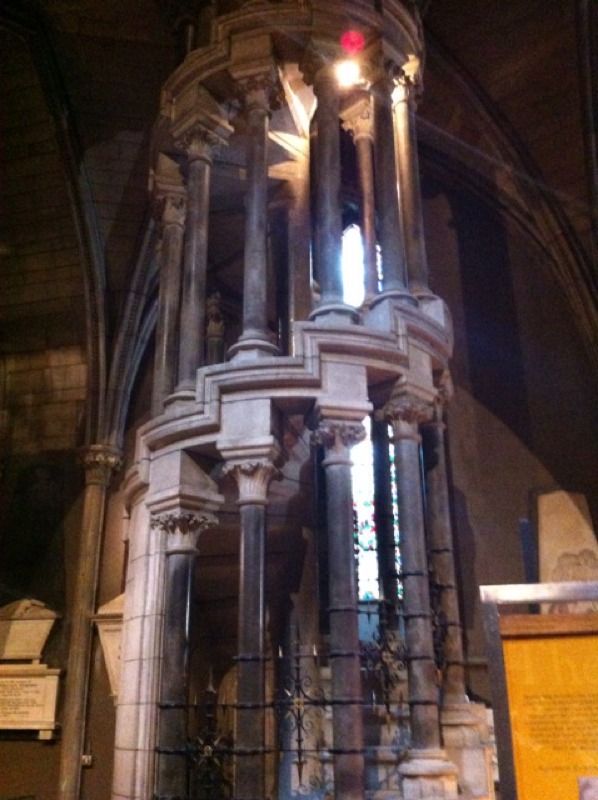
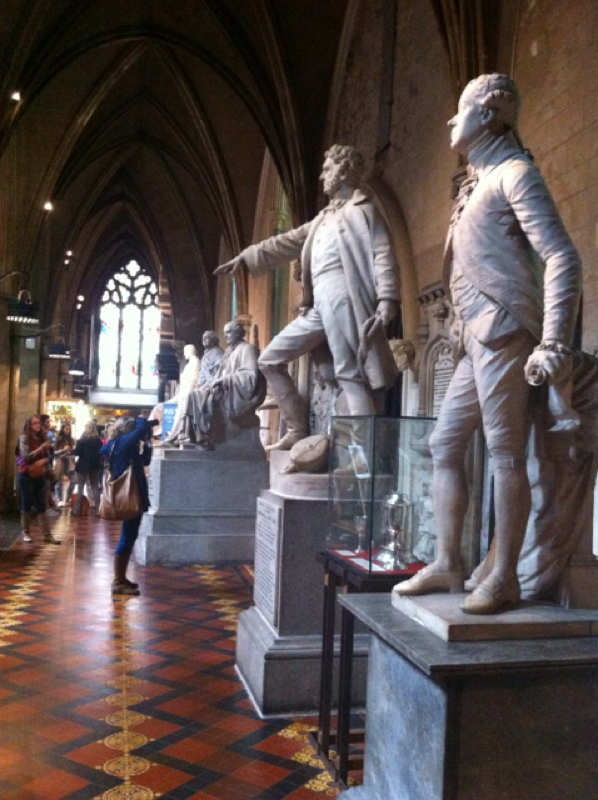
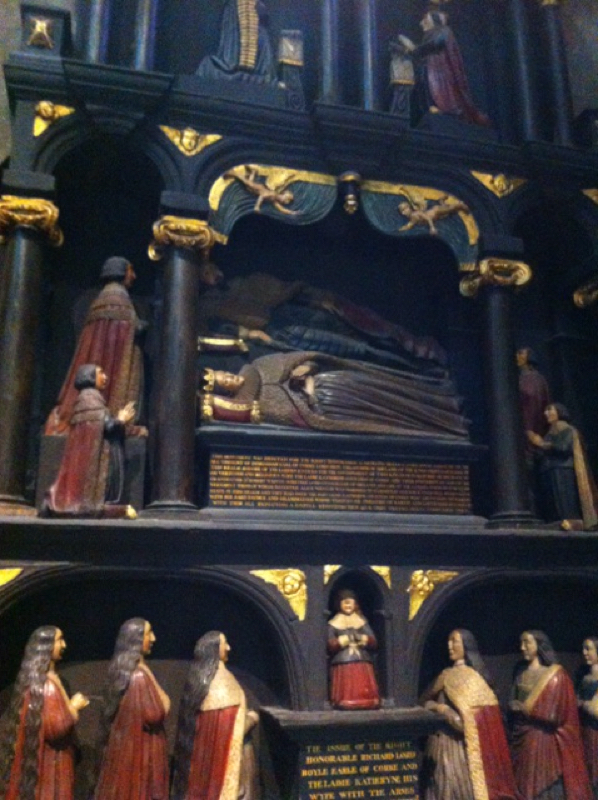
 RSS Feed
RSS Feed
